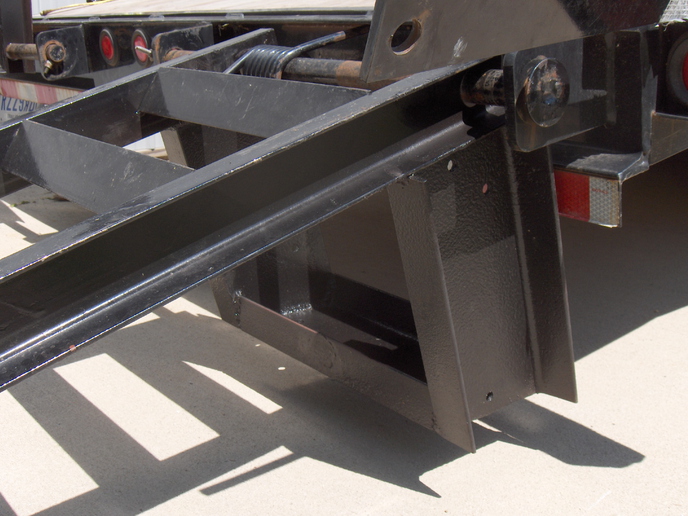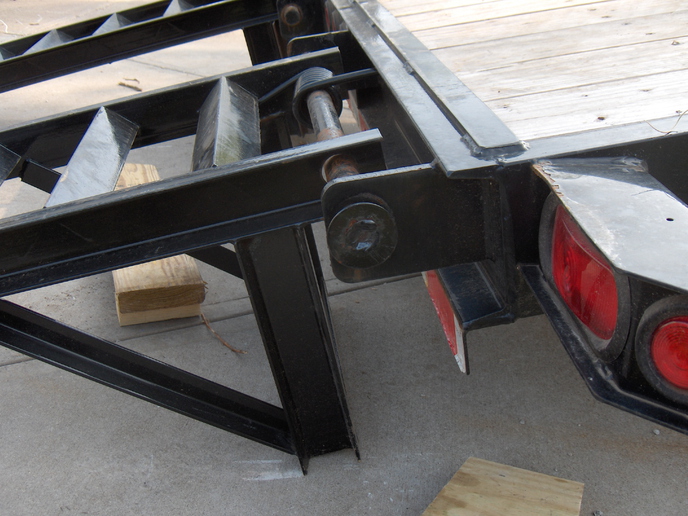whats a good plan .....backet design for ramp installation..how long should ramps be to keep from hitting transfer case on car and tractor rear end parts.....bought rough trailer has ramps.no feet on ramps.. pulled my jeep on to trailer to test.before i didi put a log under rear of trailer. when i drove up i nicked transfer case on rear of trailer ..removed log and did not hit it going down or back up..when doig that the rear of trailer went down and just clears ,,,but can see pressure on trailer ball.. shoulg the ramps be longer? and have legs. thanks for all the input .....dewy
- Thread starter dewy
- Start date
Similar threads
We sell tractor parts! We have the parts you need to repair your tractor - the right parts. Our low prices and years of research make us your best choice when you need parts. Shop Online Today.
Copyright © 1997-2024 Yesterday's Tractor Co.
All Rights Reserved. Reproduction of any part of this website, including design and content, without written permission is strictly prohibited. Trade Marks and Trade Names contained and used in this Website are those of others, and are used in this Website in a descriptive sense to refer to the products of others. Use of this Web site constitutes acceptance of our User Agreement and Privacy Policy TRADEMARK DISCLAIMER: Tradenames and Trademarks referred to within Yesterday's Tractor Co. products and within the Yesterday's Tractor Co. websites are the property of their respective trademark holders. None of these trademark holders are affiliated with Yesterday's Tractor Co., our products, or our website nor are we sponsored by them. John Deere and its logos are the registered trademarks of the John Deere Corporation. Agco, Agco Allis, White, Massey Ferguson and their logos are the registered trademarks of AGCO Corporation. Case, Case-IH, Farmall, International Harvester, New Holland and their logos are registered trademarks of CNH Global N.V.
Yesterday's Tractors - Antique Tractor Headquarters
Website Accessibility Policy




